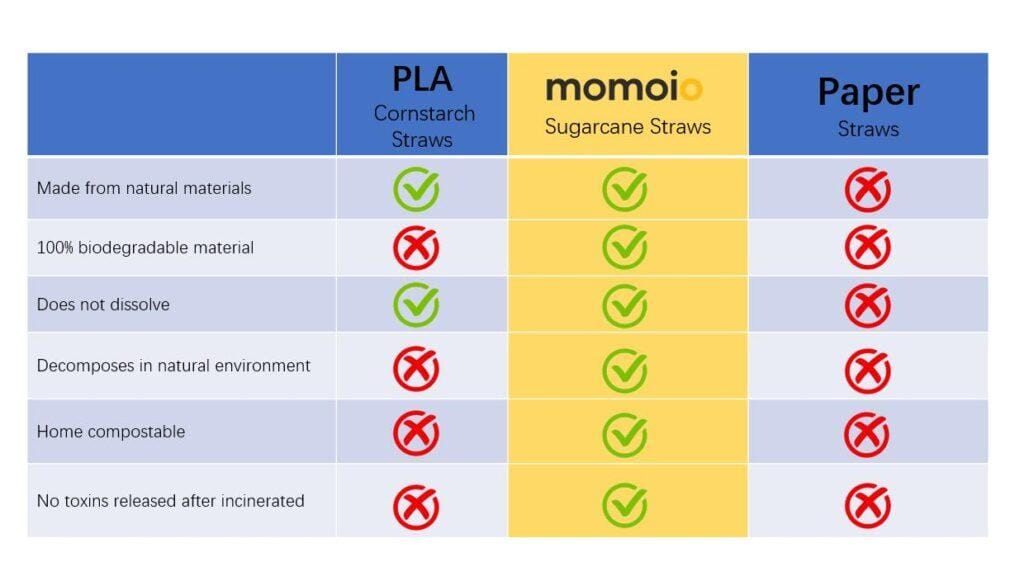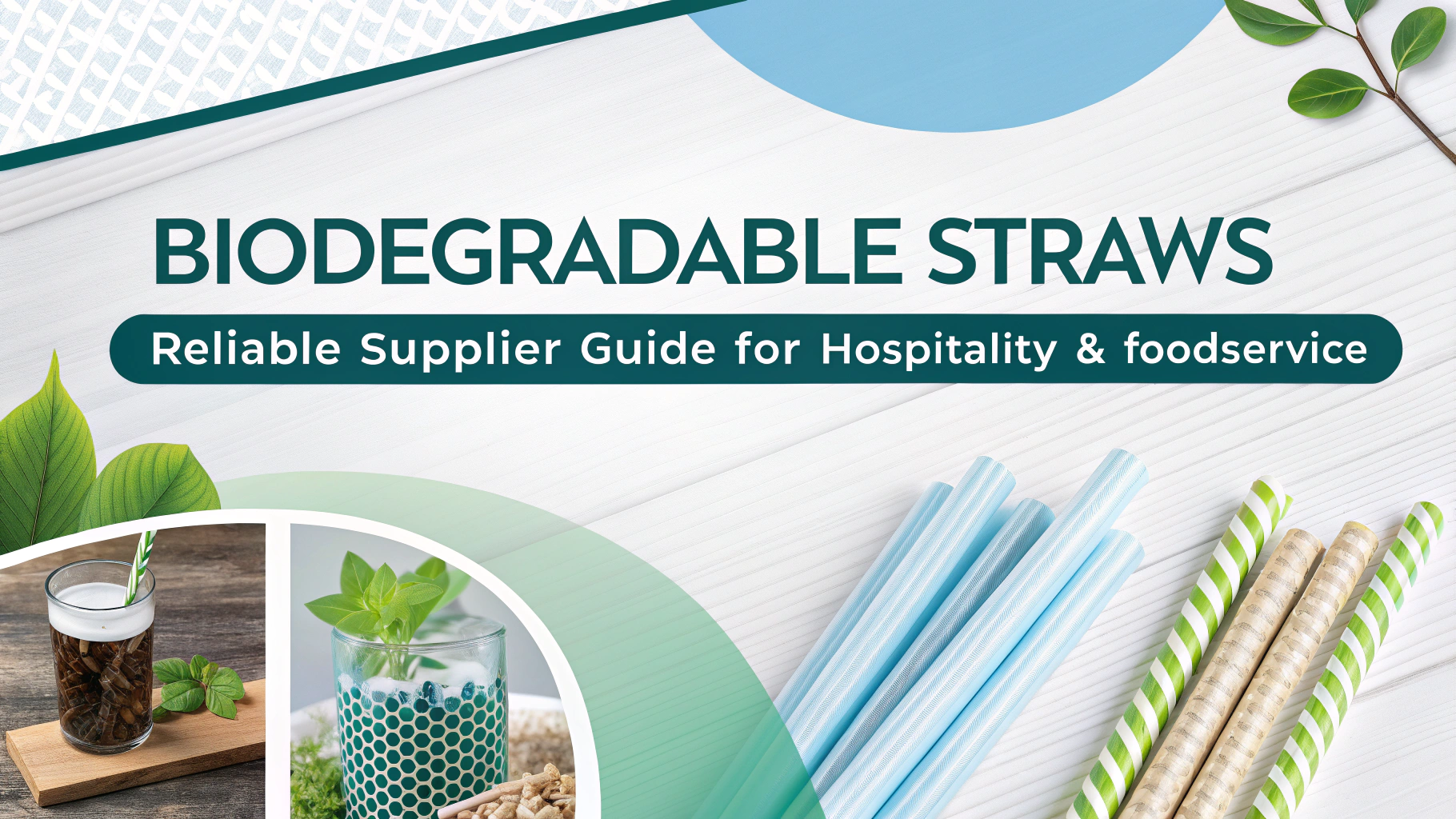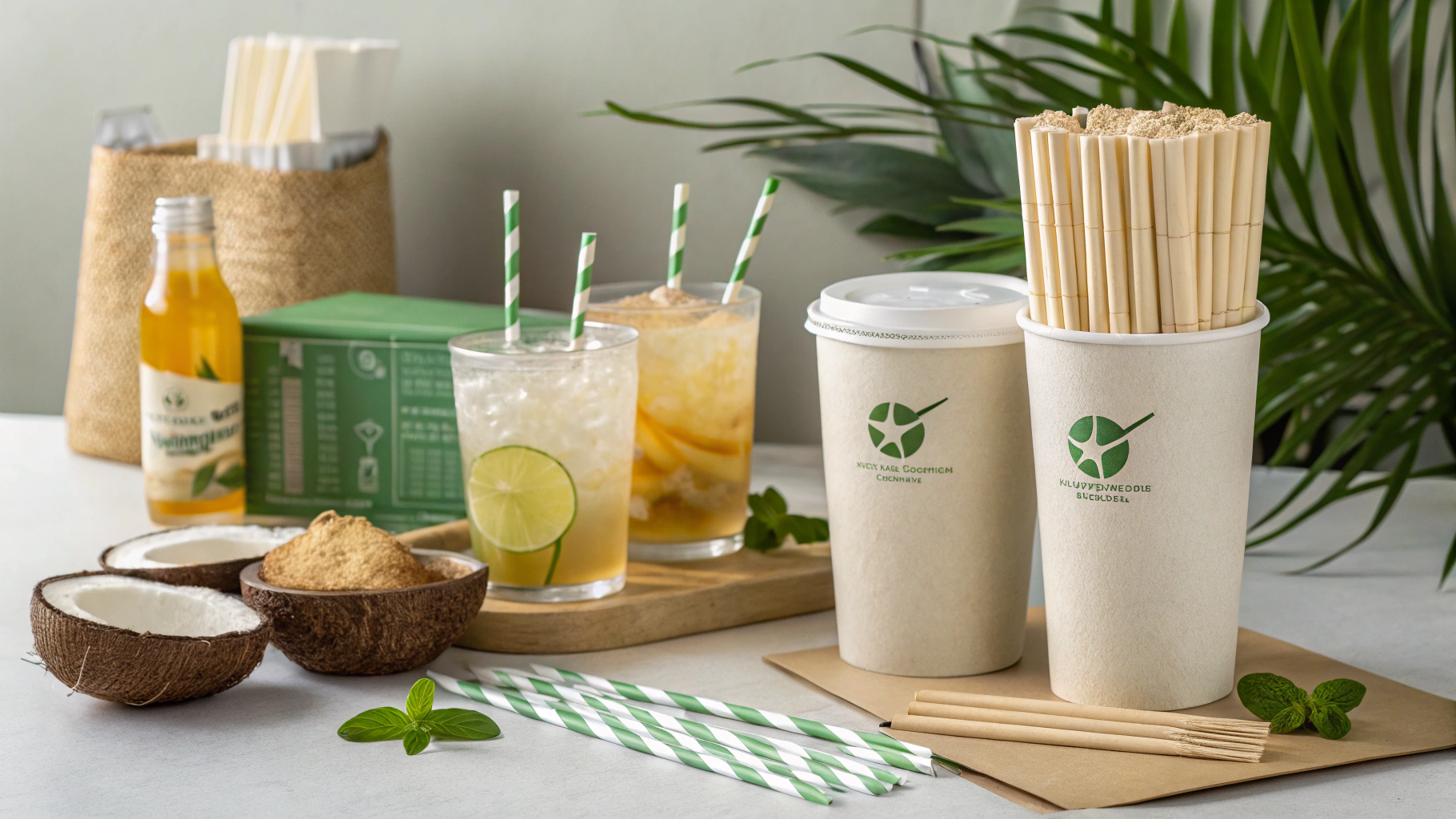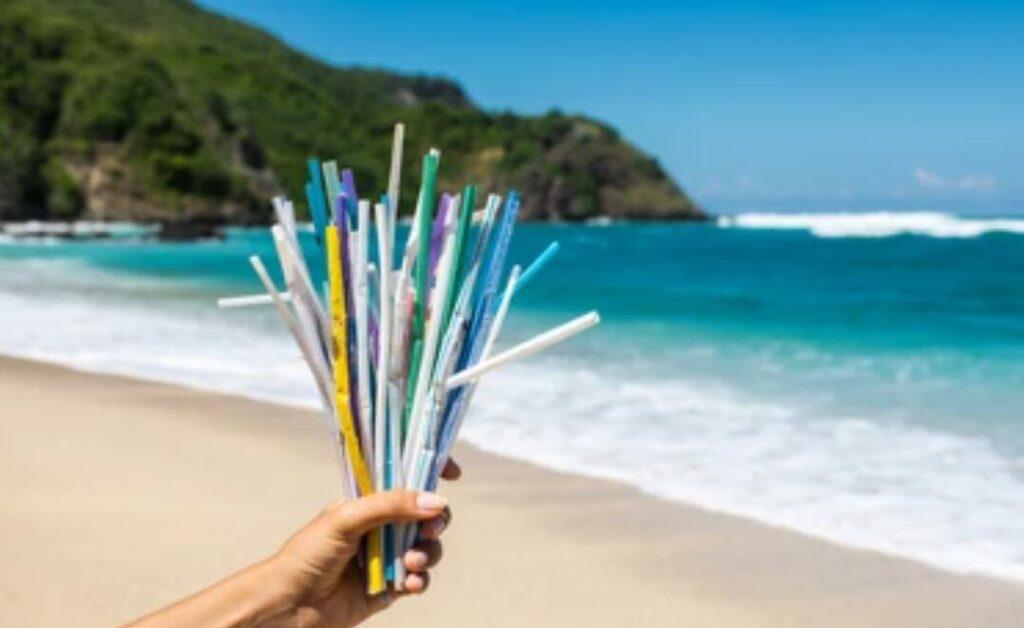
Recently, when I ordered an iced coffee at a restaurant, I noticed a placard on my table that read.” What’s missing from your drink? There’s a reason for that.”
I looked around and noticed that none of the drinks on the waiter’s tray had plastic straws. Why is my restaurant forcing an end to this age-old tradition?
Plastic bans are all the rage right now. Some countries have begun legislating bans on all kinds of plastic: cutlery, bottles, and bags, which are often used once and then thrown away. The European Parliament signed an interim agreement Wednesday to ban 10 types of single-use plastics – including plastic cutlery and straws – by 2021, Popular Science reports.
We started using plastic in the late 19th century after celluloid was invented. While plastics began to be widely used by consumers in the 1950s, it’s only in the last 20 years that single-use plastics like bags and straws have become cheaper, more convenient, and more common than their paper counterparts. It’s only then that we’ve seen the real boom in plastics – and the resulting plastic waste.
In recent years, there has been a growing concern about the increasing number of single-use plastic items that are becoming part of our daily lives. One of these items is the plastic straw, billions of which are served in cafes and restaurants each year or as part of take-out.
In the United States, an estimated 500 million single-use plastic straws are used every day, while in Europe, the figure is 25.3 billion a year.
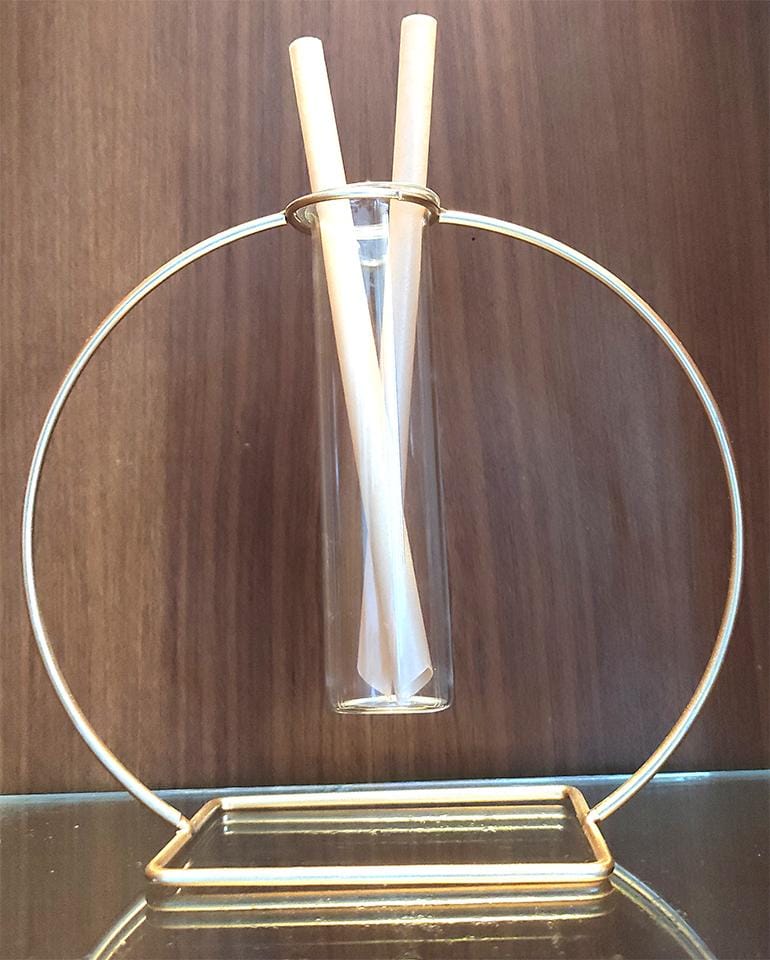
But what happens once these plastic straws are used and discarded?
1. Plastic straws are not biodegradable
Why are plastic straws bad for the environment? Unlike natural materials such as paper, wood or cotton, the polypropylene used to make most disposable plastic straws is not biodegradable. This means that once plastic straws are in landfills, small organisms such as insects or bacteria cannot break them down by eating them, nor can they be broken down into easily reusable compounds (such as carbon dioxide or water). Instead, the straws will simply degrade, gradually breaking down over 200 years into tiny particles also known as microplastics, which give off harmful chemicals such as bisphenol A, or BPA, which are not only potentially carcinogenic themselves, but also attract harmful contaminants. And they will stay around forever and will directly harm the environment and earth’s creatures.
2. Plastic straws are difficult to recycle
Not only are plastic straws not biodegradable, but they are also difficult to recycle after use. According to information, of all the 8.3 billion tons of plastic, only 9% is recycled. Polypropylene plastic straws are classified as Class 5 plastics, which are even less likely to be recycled. The final result is that it is sent to landfills and decomposed into microplastics.
3. Plastic straws are polluting our oceans and waterways
Putting plastic straws in landfills and letting them slowly degrade is never an environmentally friendly solution. The reality, however, is that used plastic straws often have an even worse destination: our oceans. A landmark study on ocean plastic was published in Science in 2015. Researchers found that we produce 275 million metric tons of plastic waste in a single year, with between 4.8 million and 12.7 million metric tons entering the ocean.” 8 million metric tons of plastic is equivalent to 5 bags …… filled with plastic enters the ocean along every foot of the world’s coastline,” said Jenna Jambeck, the study’s lead author, at a 2015 panel at the American Association for the Advancement of Science.” That’s huge.”

Plastic straws are particularly likely to find their way into our waterways.
First, they form a significant part of beach litter, and because plastic straws are small and light, they are often blown out of dumpsters, garbage trucks, and landfills by the wind.
Then, they can quickly find their way into waterways and get washed into the ocean.
Finally, along with other small plastic items, straws can be ingested by birds that scavenge in landfills. Because straws do not biodegrade, they remain in the bird’s stomach until death. The birds themselves will be biodegraded, leaving behind plastic straws that will be blown away or flushed into waterways as before.
Once plastic straws enter the ocean, they pile up with other plastic waste and form huge floating debris on the ocean surface. This debris can block sunlight from reaching algae and plankton under the water, preventing them from converting light into vital nutrients. If algae and plankton populations are threatened, this could affect the entire marine food web. In the long run, this could lead to less seafood being available to humans.
Plastic straws may be small, but when we use billions of them each year, they make a significant contribution to the plastic waste in our oceans. In fact, scientists predict that if we continue to allow plastic to enter our oceans at the current rate, there will be more plastic (by weight) there than fish by 2050.
4. Plastic straws are bad for marine wildlife
Of course, it’s impossible for such an amount of plastic waste to enter our oceans without negatively impacting the marine and coastal wildlife that live in and near the water. It is estimated that about 800 different species are affected by marine plastic pollution, and at least 100,000 marine mammals die each year due to plastic debris.
A PNAS study found that 90 percent of all seabirds ingest plastic. Part of the reason plastic kills marine life is strangulation or suffocation.
But the bigger reason plastic is so dangerous is that it releases toxic chemicals such as bisphenol A (BPA) as it breaks down. BPA mimics estrogen, disrupts our hormones, and may cause cancer. A recent study found that plastic also kills coral reefs by making them more susceptible to disease. While it’s impossible to count the effects of plastic straws alone, it’s thought that 90 percent of seabirds have already ingested some kind of plastic from the ocean, and by 2050, 99 percent of species could be affected. This could cause a marine bird or mammal to starve to death if it ingests large amounts of plastic; feeling the weight in its stomach, it thinks it has already eaten and has no incentive to find enough food to stay alive.
Being entangled in plastic debris is another huge problem for marine life. in 2015, a video of a sea turtle having a section of plastic straw removed from its nose by a group of marine biologists went viral online. The film shocked millions of viewers, raised awareness of the dangers of plastic pollution, and gave strength to the movement to ban single-use plastic straws altogether.
Microplastics will inevitably make their way into our food – through the fish on our plates and the water in our bottles. But researchers are still unsure how toxic microplastics are when we consume them in this way.

Where are straws banned?
Banning plastic straws is likely to become a standard initiative in the coming years. Around the world, countries, and states are taking action to clean up our environment by banning or limiting single-use plastics, including New York City, Seattle, Miami Beach, Vancouver, Hawaii, California, England, Scotland, and Taiwan. Other locations and organizations that have banned or discontinued straws include
Royal Gift Shops and Museums in the UK (at the request of Queen Elizabeth II)
Various members of the Association of Zoos and Aquariums
The University of Portland
The Art Institute of Chicago
McDonald’s (United Kingdom)
In the US, California, Oregon and Hawaii have already implemented plastic bans), while the EU has set a deadline of 2021 for banning single-use plastics.
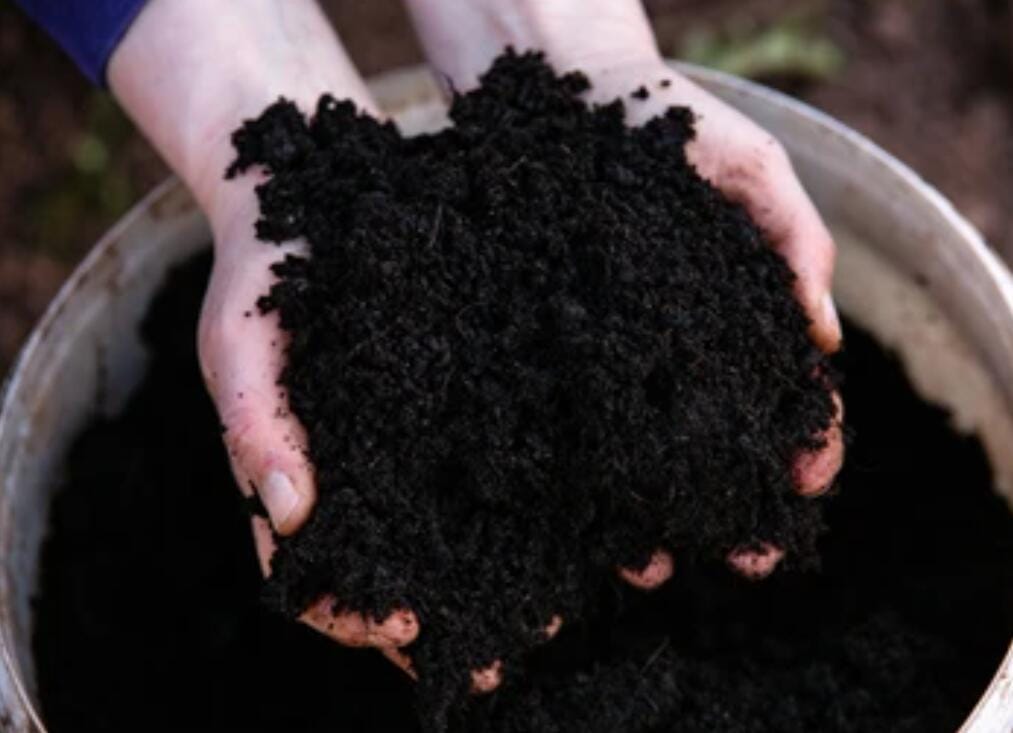
The days of single-use plastic straws are numbered, and replaced by more eco-friendly options. Individuals can choose to purchase biodegradable sugarcane bagasse straws and coffee grounds straws, which biodegrade into carbon dioxide and water in the natural environment without causing harm to the environment or living organisms. They can also be used in commercial composting and home composting. Alternatively, reusable straws, such as those made of glass or stainless steel, are recommended.
These positive changes are a hopeful sign that the problem of plastic straws and their impact on the environment will soon be a thing of the past. Now, roll up our sleeves, clean up our oceans, support our marine wildlife, and leave pristine beaches for future generations.
